Below are famous architectural masterpieces that have withstood the harsh ravages of time and represent the amazing level of development of the ancient Romans at that time, introduced by CNN.
Roman Colosseum
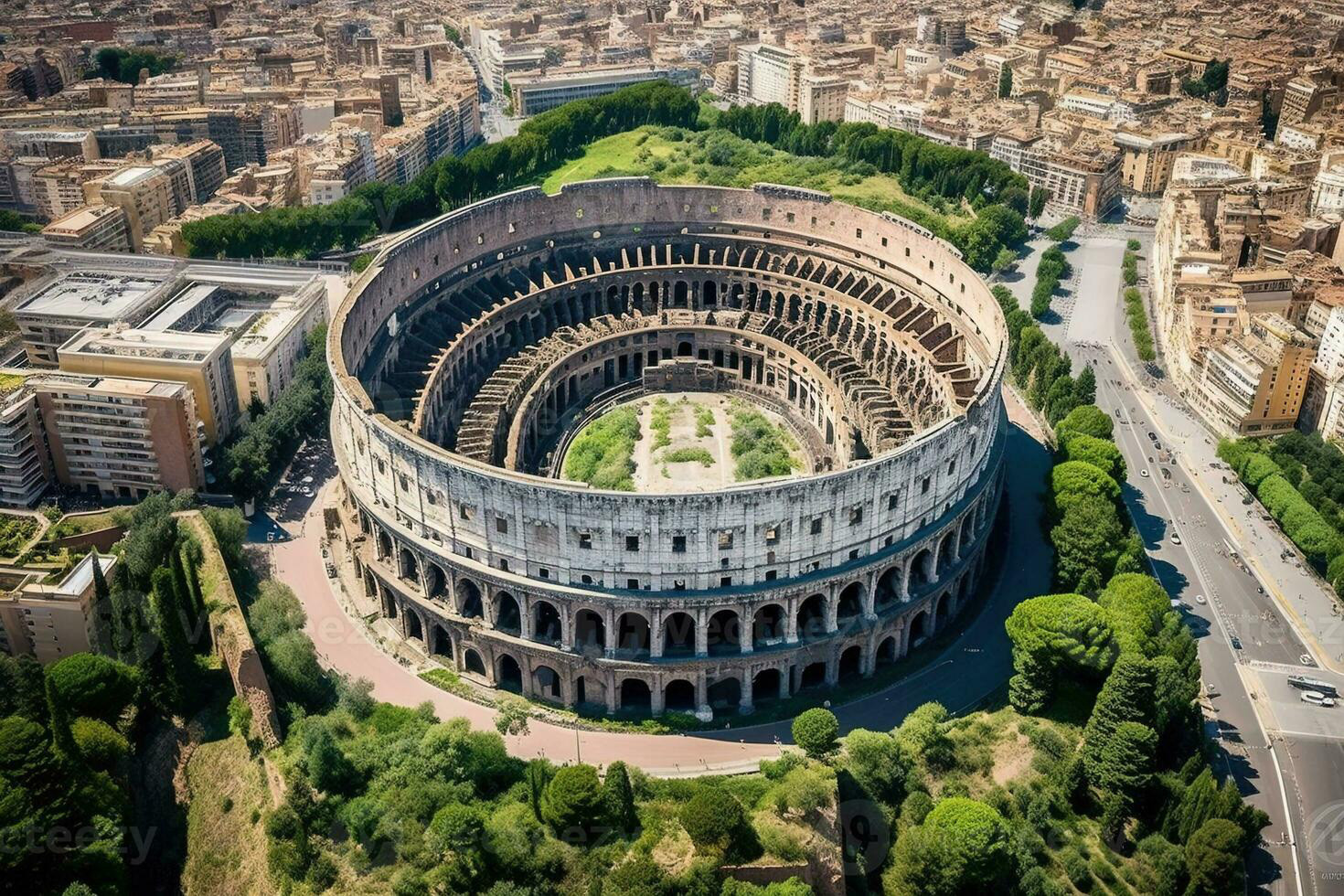
The Colosseum is one of the seven new wonders of the world and is a must-see when visiting the capital city of Rome (Italy). With a maximum capacity of up to 80,000 seats, this is the largest ancient arena in the world ever built.
The Colosseum was built between 70 and 72 BC. At its peak, it was one of the main entertainment venues, much loved by the ancient Romans.
Famous for its distinctive four-story domed architecture, the arena is nearly 50m high and was used to host sports , wrestling, and dramatic performances in ancient times.
Pompeii and Herculaneum
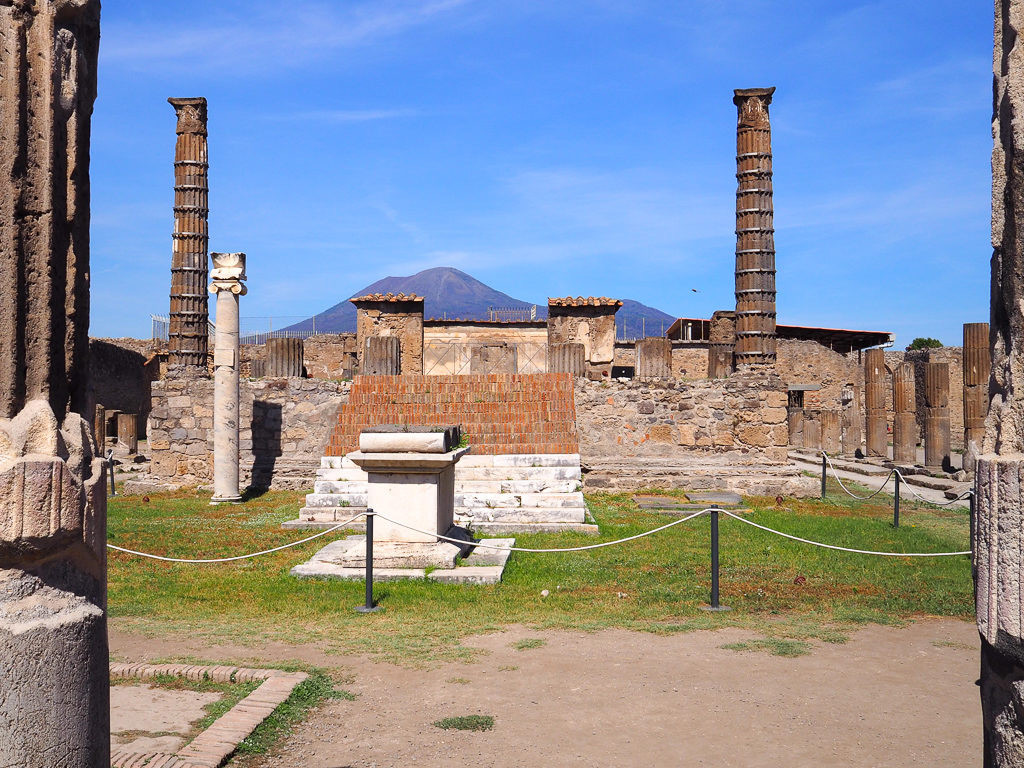
Pompeii and Herculaneum are two ancient Roman cities that were buried more than 2,000 years ago, after a two-day eruption of Mount Vesuvius.
The story of Pompeii and Herculaneum has become a popular subject for many disaster movies. Archaeologists have found more than 1,000 bodies of victims buried in that terrible eruption.
Despite being forgotten for more than 1,000 years, this site is still recognized as a world heritage site by the United Nations Educational , Scientific and Cultural Organization (UNESCO) and welcomes more than 2,500,000 visitors each year.
Pont du Gard
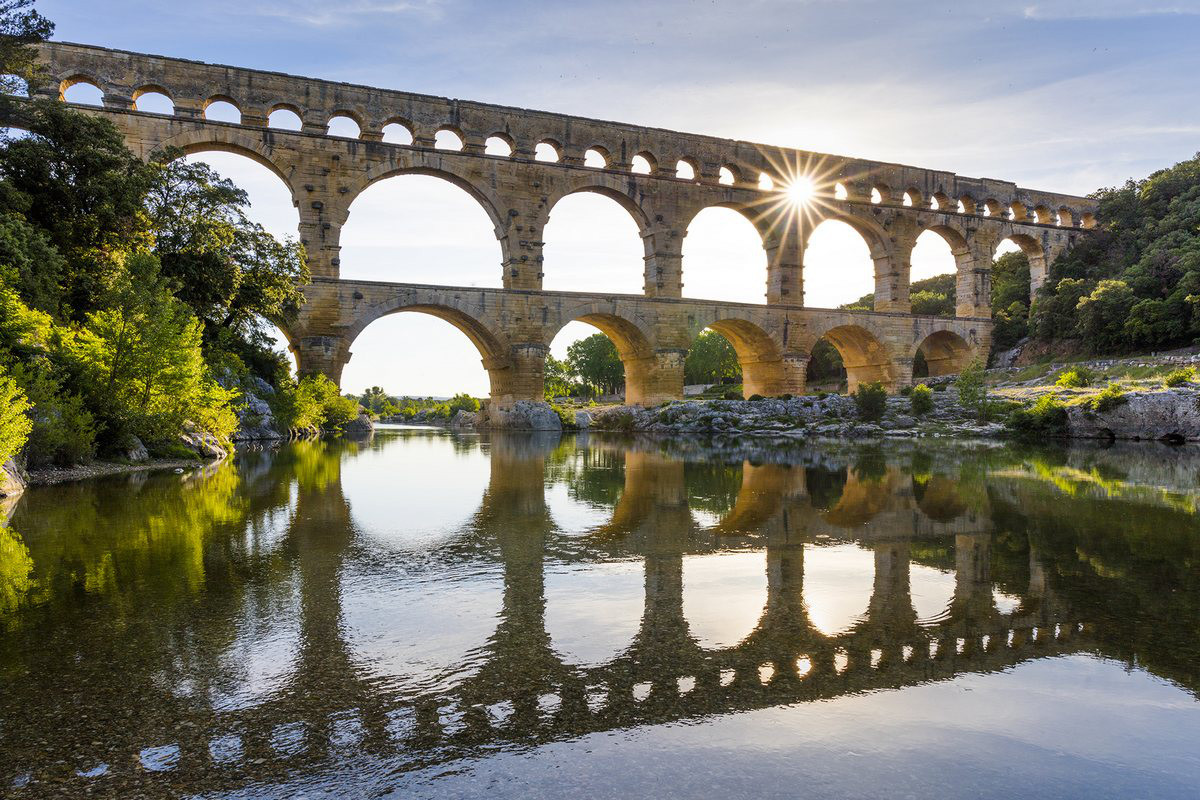
Pont du Gard is a three-story bridge located in the south of France, in the department of Vers-Pont-du-Gard. This bridge has the role of carrying water from the Vzes region in the north to the city of Nimes in the south of France.
This site is not only famous for its majestic beauty, but also an amazing masterpiece of meticulousness and pinnacle construction techniques of the ancient Romans.
Featuring the typical Roman arched architecture, the stones that make up the Pont du Gard are cut so precisely that no mortar is even needed to hold them together.
Leptis Magna
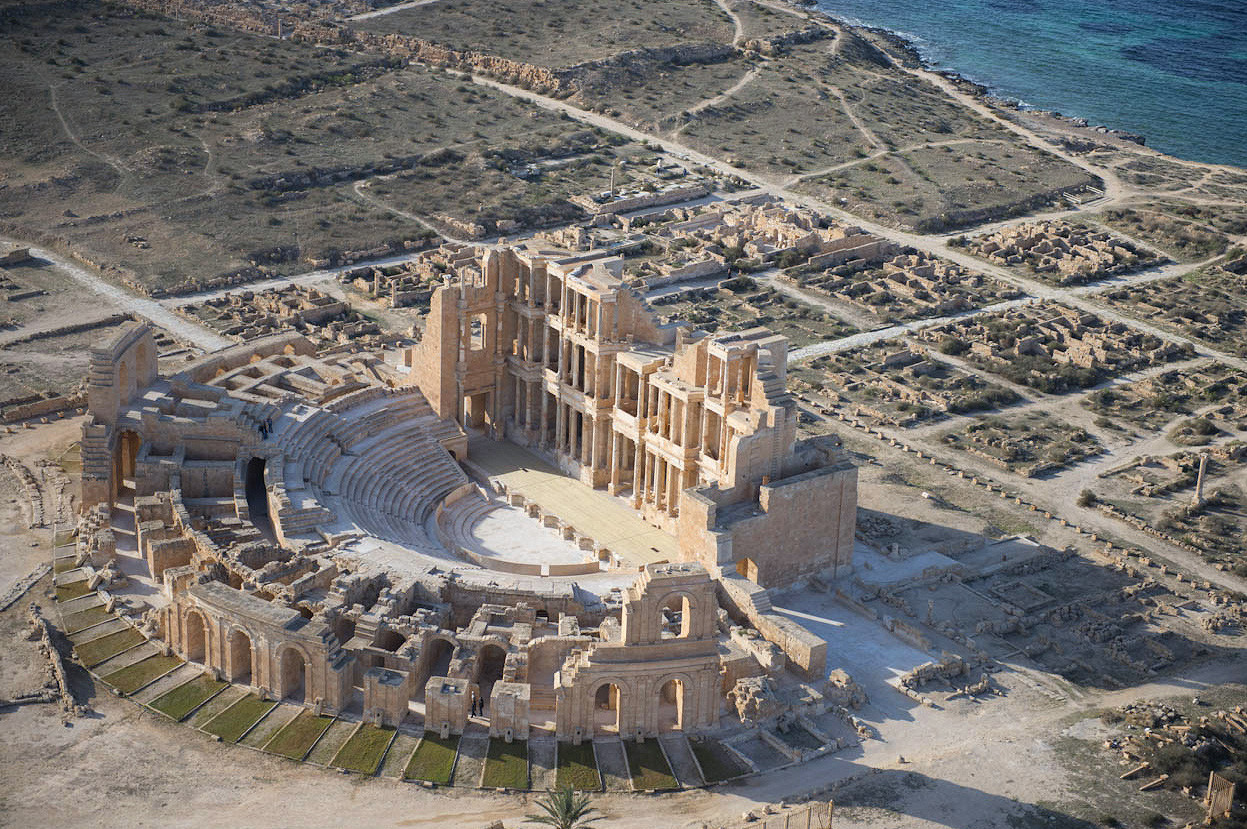
Leptis Magna is located in Libya and is definitely at the top of the list of most impressive Roman architecture. It was the most important Roman city located in Africa.
This little-known ancient city once thrived on trade with Africa, but Leptis Magna was gradually submerged by desert sands after the fall of the Roman Empire.
Visitors can visit the remaining relics such as the characteristic column-shaped architectural works, the dome-shaped houses and the sculptures.
Pantheon
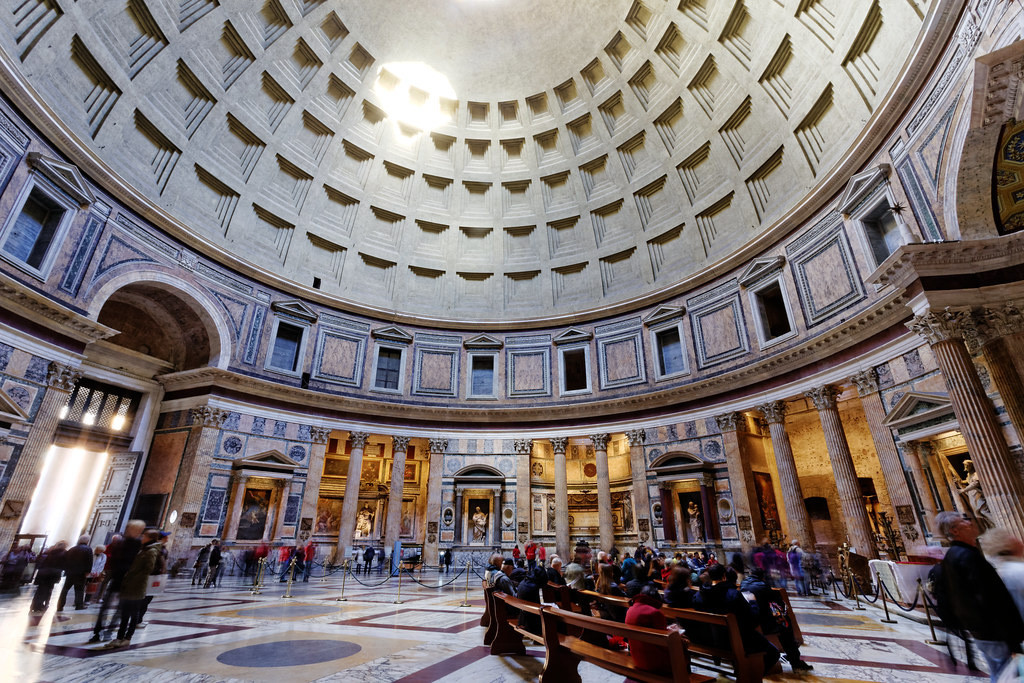
The Pantheon, built in 27 BC, is the pride of the ancient Romans. This temple is famous for its beautiful circular dome architecture. This is the largest unreinforced concrete dome in the world ever built more than 2,000 years ago.
According to experts, the two most important factors contributing to the lasting value of this project are the excellent quality of the mortar and the careful selection of construction materials.
From the heavy basalt in the foundation, the bricks and limestone used to build the walls, to the lightest pumice stone in the center of the dome, everything shows the extreme expertise of the builders.
Palatine Hill
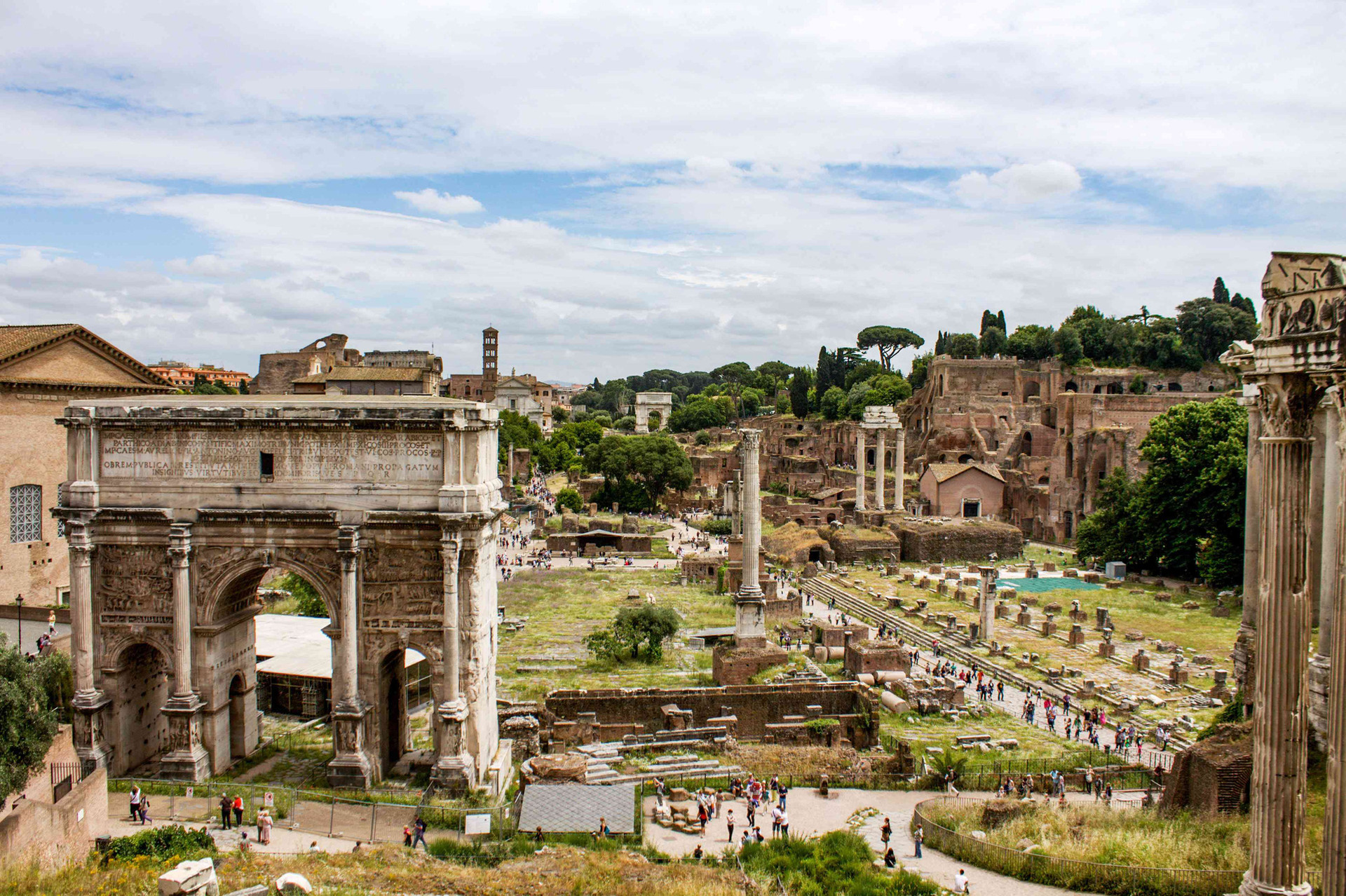
Rome is known as the "City of Seven Hills", but only one hill plays an important role, the Palatine Hill.
The Palatine Hill has prehistoric origins. It is said to be the birthplace of the great Roman Empire. The hill was also an important spiritual site during the reign of Emperor Augustus (27 BC).
The Palatine Hill displays many surviving frescoes from the time of Emperor Augustus and Empress Livia - some of the finest and best preserved ancient art in Rome.
Porta Nigra
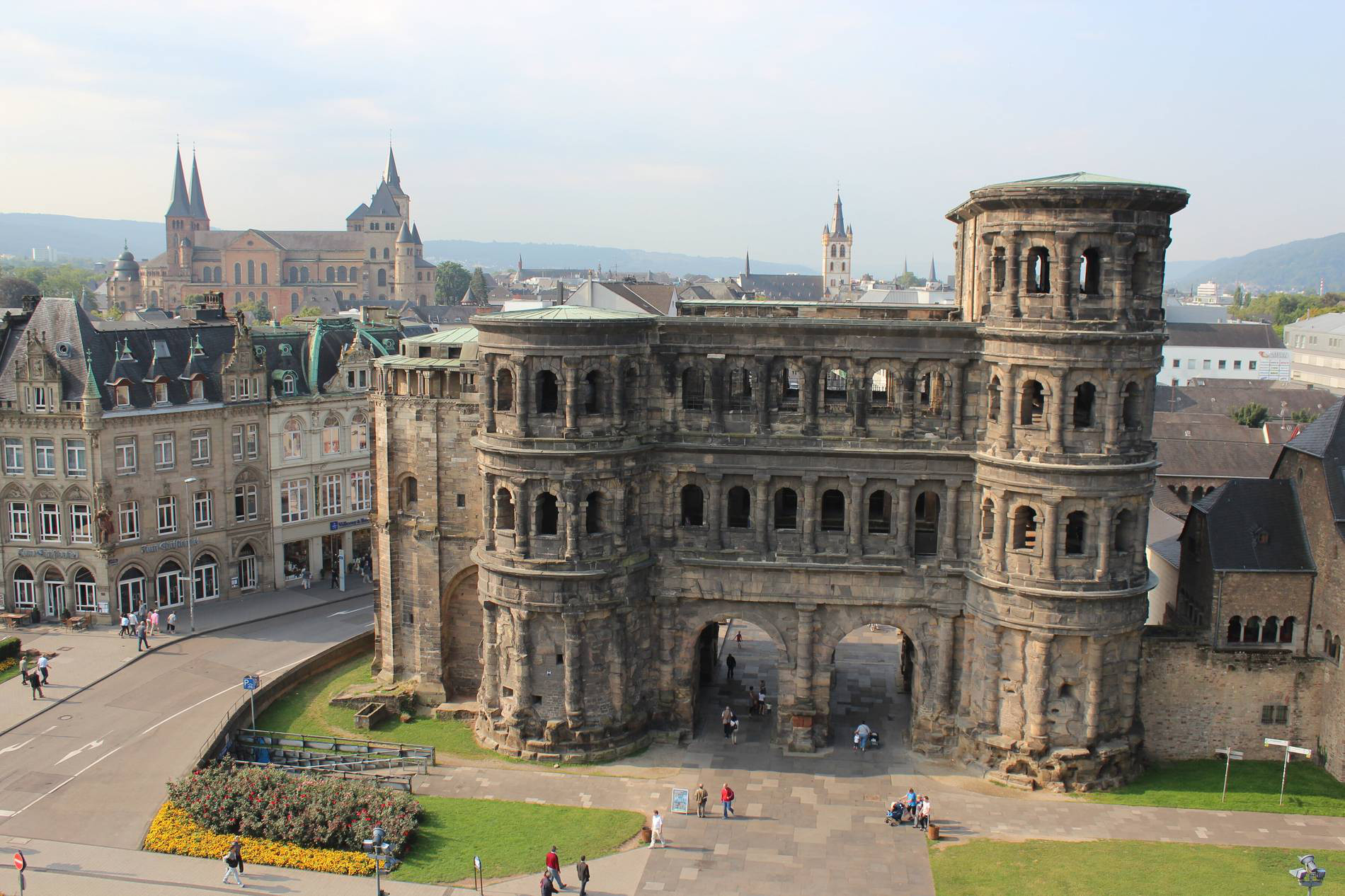
The ancient city gate Porta Nigra is known as a famous tourist destination in the city of Trier, Germany. This structure is considered a living memorial recording the mark of ancient Roman civilization.
Throughout ancient Roman history, Germany was the final frontier that only the bravest emperors dared to cross. This makes Porta Nigra a very special historical landmark.
According to historical documents, Porta Nigra was built from gray sandstone, notable for its design of two parallel twin towers. With its high scale and complexity, Porta Nigra is recognized by UNESCO as a world heritage site and has become an unmissable destination for those who love the history of the Roman Empire.
Aphrodisias
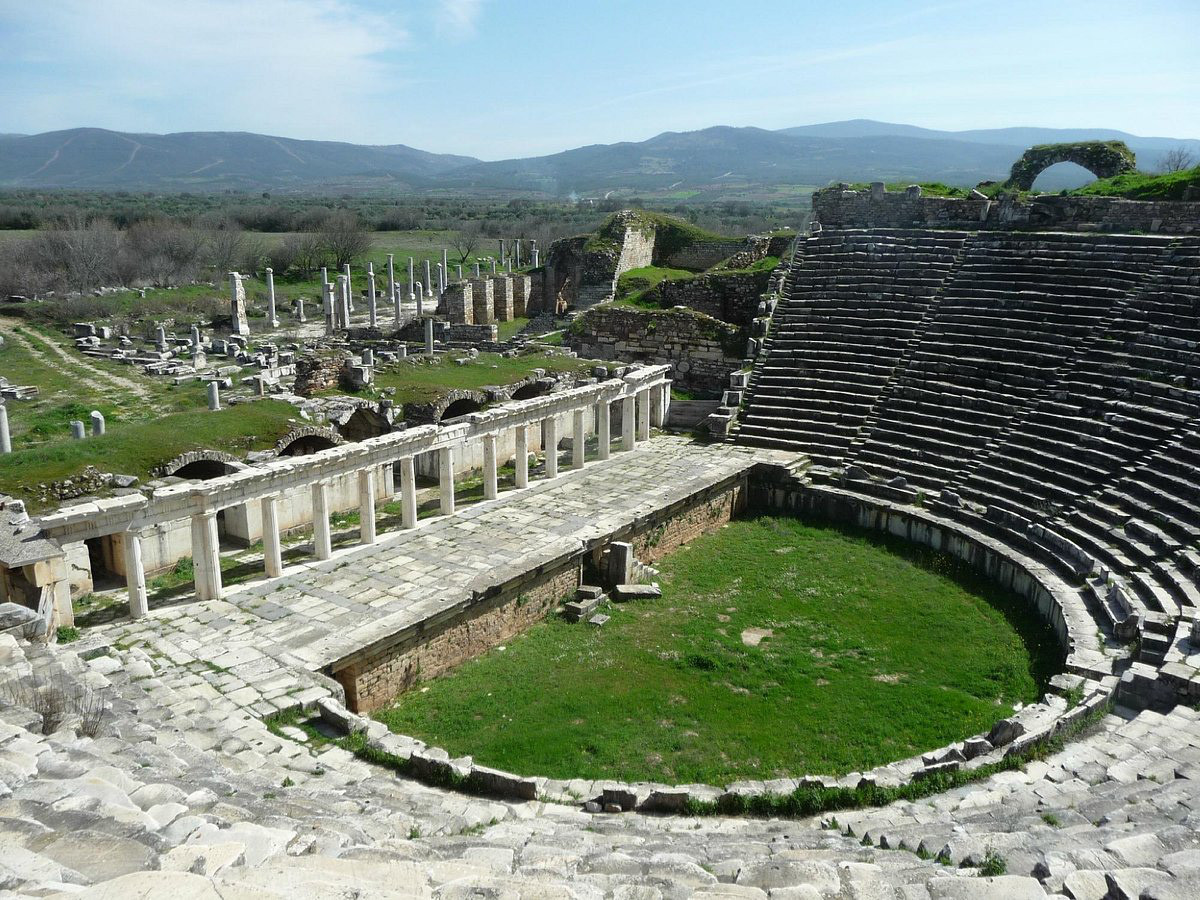
This ancient site is named after Aphrodite, the Greek goddess of love. Located in southwestern Turkey, in the upper Morsynus River valley, the Temple of Aphrodisias has been a UNESCO World Heritage Site since 2017.
The temple's remains are extremely well preserved, including tall stone columns typical of Roman architecture, a semicircular theater, and marble-built areas used for important political meetings.
According to experts, the Temple of Aphrodisias plays an extremely important role in the field of Roman sculpture. More than any other place in the world, the Temple of Aphrodisias is the best place to learn about ancient Roman marble sculptures.
Baths of Caracalla
The Baths of Caracalla are the finest example of Roman baths, and one of the largest thermal complexes of antiquity, built from some 5 million tons of stone.
In the past, this public bathhouse served more than 8,000 people every day for three centuries. Although only ancient vestiges of the past remain, the Baths of Caracalla are still an impressive site and are associated with the thousand-year history of the capital of Rome.
TB (according to Tuoi Tre)Source








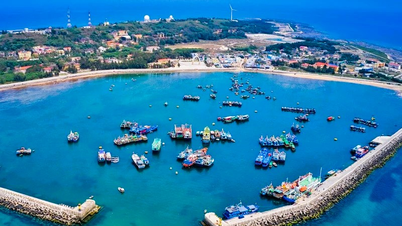




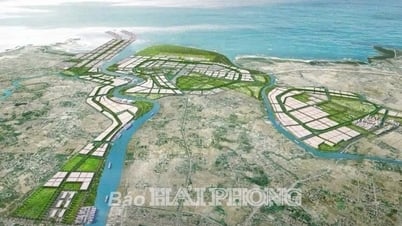
















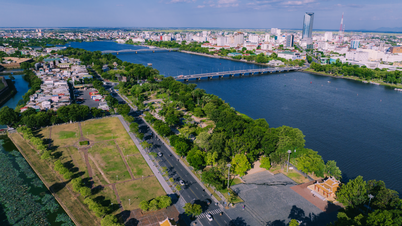



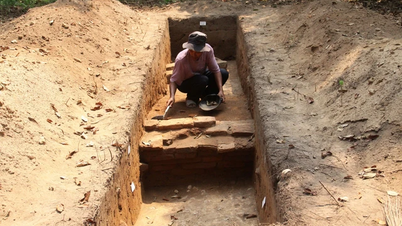
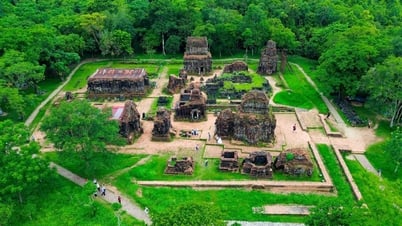
































































Comment (0)